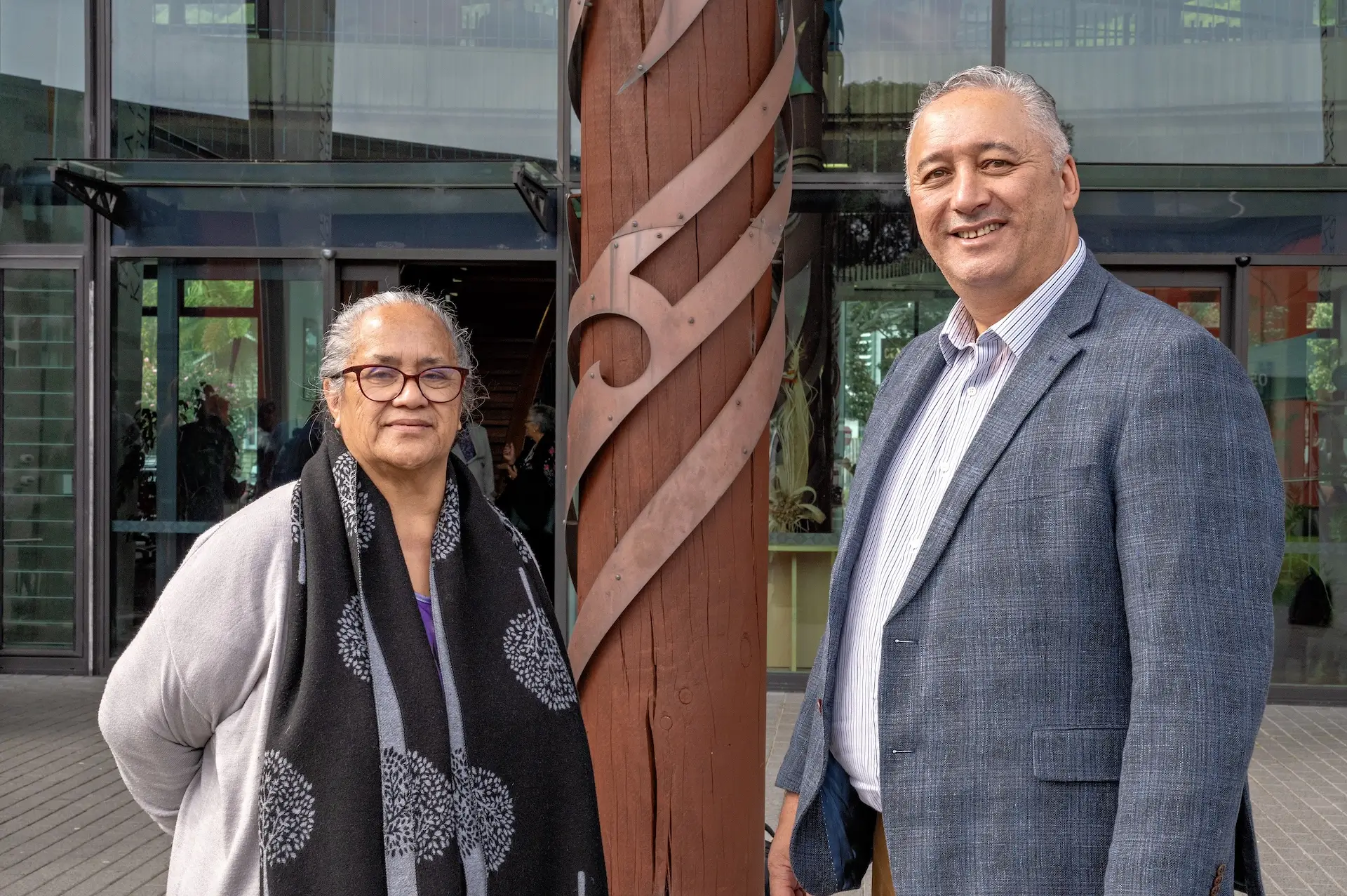In a powerful step toward addressing systemic inequities, the Te Tiratū Iwi Māori Partnership Board hosted Deputy Chief Executive Catherine Cronin and senior officials, including former Te Aka Whai Ora CEO Riana Manuel, at Hopuhopu, Ngāruawāhia.
Representing 114,990 Māori, the Tainui Waka Rohe IMPB Board invited the Te Whatu Ora officials to Waikato following the presentation of its Community Health Plan and Hauora Māori Summaries Report in October at a regional hui with five other IMPB Boards of Te Manawa Taki.
This meeting highlighted the challenges and opportunities of health system transformation, echoing Health Minister Hon. Shane Reti’s vision to “bring decision-making closer to communities by giving greater control to Iwi Māori Partnership Boards.”
Co-Chair Kataraina Hodge opened the floor to ensure critical questions, particularly around budgets, were addressed. Board members, including co-Chair Hagen Tautari, emphasised the need for urgency in reshaping the system.
“This is an important moment – one where we have the opportunity to truly reshape the health system to work better for our people. For too long, Māori voices have been marginalised. Now, we are at the table, ready to roll up our sleeves and drive meaningful change,” Hagen Tautari, said.
Board members in attendance were co-Chair Hagen Tautari, Tipa Mahuta, Bella Takiari-Brame, Dr Mataroria Lyndon, Glen Tupuhi, Maxine Ketu with Te Tumu Whakarae, Brandi Hudson who set the scene with a presentation specific to the rohe.

Photo: Te Tiratū Iwi Māori Partnership Board with Te Whatu Ora senior officials
The discussion outlined disparities facing Māori communities—lower incomes, poorer housing, and higher rates of chronic conditions. Riana Manuel stressed, “We have to address these upstream factors if we want lasting improvements.”
Brandi Hudson presented “pain points” for whānau, such as long wait times, transport barriers, and financial disparities. Currently, 25% of Māori are not enrolled with a GP, and 64% of hospital admissions were Māori.
It highlighted the priorities of Te Tiratū focussing on Tamariki and pēpi wellbeing, accessibility, screening, diagnostics, intervention, mental health and addiction services, infrastructure, workforce and kaumātua care – given 1,500,000 kaumātua over 65 years will be living by 2054.
Priorities included tamariki and pēpi wellbeing, mental health services, kaumātua care, and workforce development. Officials committed to greater transparency and acknowledged the imbalance of 75% of Māori health funding flowing through mainstream providers.

Photo: Te Tiratū Iwi Māori Partnership Board with Te Whatu Ora senior officials
“Your monitoring and advocacy role will be crucial in holding the system accountable and pushing for equitable investment,” said Catherine Cronin. Indeed, the Boards see their watchdog function as essential.
“We have decades of community feedback and on-the-ground intelligence,” said Hagen.
He stressed the importance of weaving “whānau voice” into decision-making, ensuring resources are directed where they’ll have the greatest impact.
Officials agreed to collaborate on strengthening Māori health providers and workforce pipelines, including scholarships and contracts for stability.
“This is just the beginning,” said Hagen. “We have a real chance to rewrite the script.”
Te Tiratū has identified ten collaboration opportunities with Te Whatu Ora, from integrated service hubs to data sharing.
“If we stay focused and keep our communities at the heart, we can achieve the breakthroughs we’ve been waiting for,” he said.